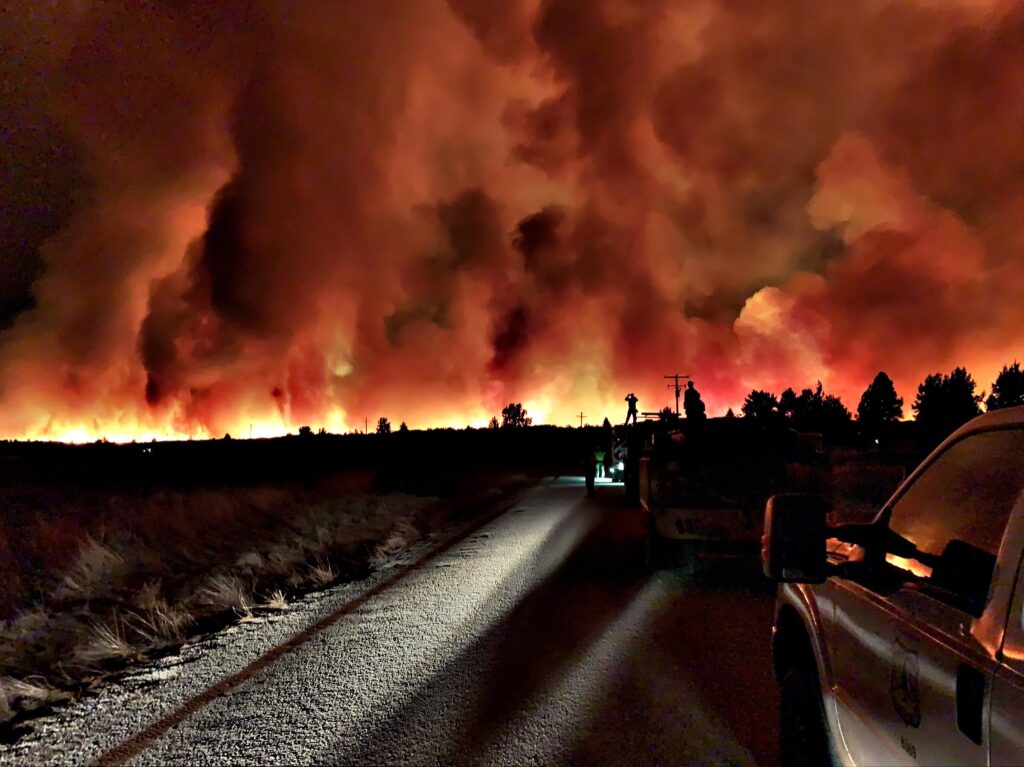
Hotter and drier conditions are leading to an increasing number of wildfires in North America and elsewhere around the globe. Scientists have linked the severe heat and drought that fuel these wildfires to climate change. As the climate continues to change, wildfires are projected to become more prevalent, more severe, and longer in duration.
According to a United Nations report released earlier this year, the Western U.S., northern Siberia, central India, and eastern Australia have already seen an uptick in wildfires. The likelihood of catastrophic wildfires globally could increase by a third by 2050 and more than 50% by the turn of the century.
According to a new study by researchers from McGill University, living near regions prone to wildfires may boost the risk of developing serious health issues. The study, which tracked more than two million Canadians over a period of 20 years, found a higher incidence of lung cancer and brain tumors in people exposed to wildfires. People living within 50 kilometers of wildfires during the past 10 years had a 10% higher incidence of brain tumors and a 4.9% higher incidence of lung cancer when compared to people living further away.
This study, which was recently published in The Lancet Planetary Health, is the first to examine how proximity to forest fires may influence cancer risk.
In addition to the impacts on air quality, wildfires also pollute aquatic, soil, and indoor environments. While some pollutants return to normal levels shortly after the fire, many others persist in the environment for long periods of time.
The research team notes that additional work is needed to develop more long-term estimates of the chronic health effects of wildfires.
**********
Web Links
Exposure to wildfires increases risk of cancer
Climate change is causing more wildfires and governments are unprepared, says U.N.
Photo, posted August 17, 2020, courtesy of USFS via Flickr.
Earth Wise is a production of WAMC Northeast Public Radio.
Leave a Reply